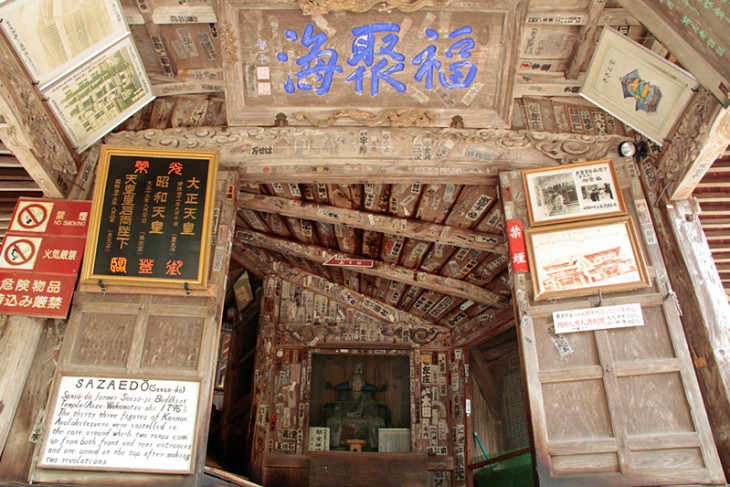
Sazaedo is a very special Buddhist temple. Constructed in 1796 entirely from wood, Sazaedo has a double-helix structure, meaning that those who enter Sazaedo will leave the temple without encountering anybody traveling in the opposite direction. The one-way route of Sazaedo was introduced to avoid worshippers being disturbed during prayer.
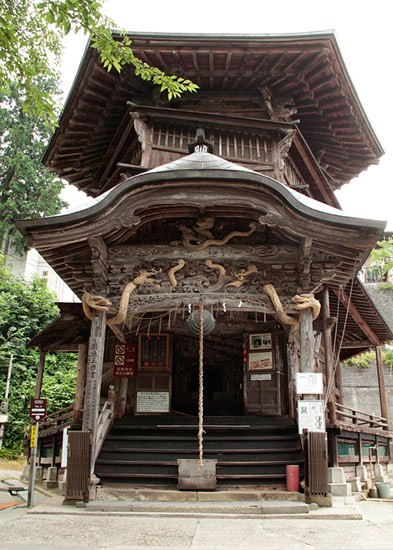
Originally there were 33 Buddhist statues (known as 'kannon') dotted around the temple, which designated the decided places to stop and pray. Although sadly none of the kannon statues are still in place, the fact that Sazaedo has not been rebuilt or drastically renovated since it was built is sure to leave a deep impression on visitors. The temple even stood strong during the 2011 Great East Japan Earthquake.
Here are 5 reasons why I fell in love with Sazaedo.
1.) IT'S ONE OF A KIND
Sazaedo is the only wooden building with double helix structure in the world. There are other buildings named “sazaedo” dotted around Japan, but none that are constructed completely from wood.

2.) ITS ARCHITECTURE IS BREATHTAKING
No two supporting beams in the temple are identical. Each beam that makes up the ceilings of Sazaedo is a unique length and shape, and – although they may look it – the beams are not straight. All of them are ever-so-slightly warped in shape, so that they can twist around the centre of the temple to create the double-helix shape.
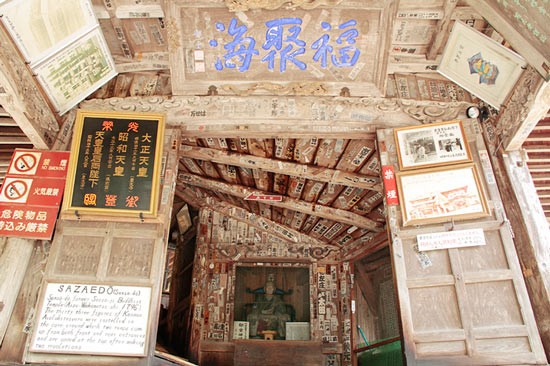
It must have been difficult for the monks and architects who took on this project hundreds of years ago to precisely carve and shape the beams. It’s hard for me to imagine how anybody ever worked out how to create the structure. It’s like an Escher drawing!
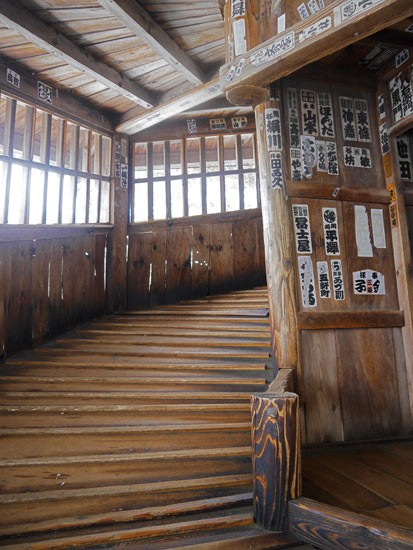
Inside the entrance of Sazaedo, there is a diagram of the double-helix structure.
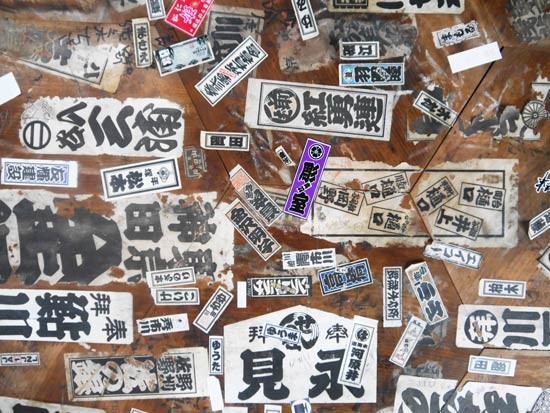
It’s a little difficult to see from the diagram above, but at a select number of places within the temple, you can peak right through to the other side. If you are entering the building, you can see through to those who are on their way out, and vice versa, which gives visitors the feeling as if they are not only looking at, but playing a part in, an optical illusion.
3.) TOURISTS HAVE BEEN VISITING SINCE THE EDO PERIOD
Although it may be a little different from the style of tourism we have today, visitors have been coming to Sazaedo since the Edo period (1603-1867) to pray at the 33 kannon statues.
As proof of their visit, visitors would stick their own personal label on the walls or ceiling of the temple. This label would usually have the visitor’s family name imprinted on it in beautiful calligraphy. This is the Edo period equivalent of writing ‘Emily woz ere 03/01/2004’.
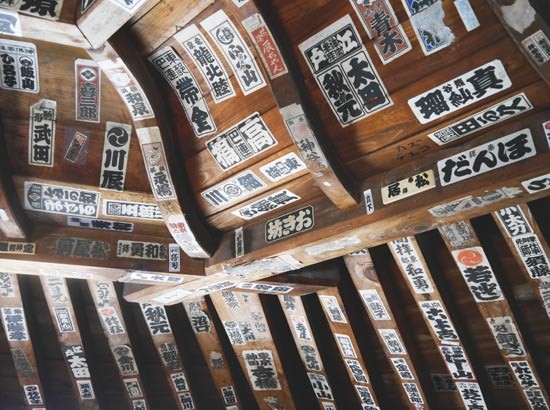
The tradition of leaving proof of your visit is still carried out today, although nowadays the religious labels are made from slightly stronger paper than their Edo period equivalents. The manager of Sazaedo urges tourists not to write their names on the walls though, as this may lead to them having to paint over the original wooden panels, undeniably damaging the charm of Sazaedo.
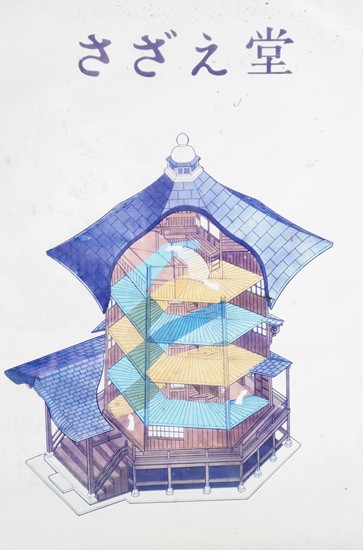
The number of tourists coming to Sazaedo have been gradually increasing over the last forty years, with a recent boom in international visitors due to Sazaedo being featured in many travel guides, such as the Michelin Green Guide.
4.) NO JAPANESE NECESSARY
Unlike many sightseeing spots in Japan, visitors can experience traditional Japanese history and culture without the need to understand any Japanese at all. Exploring the building in itself is really fun and can be enjoyed by all ages. That being said, Sazaedo can be appreciated on a number of levels (no pun intended!). The more you know about Sazaedo, the more intriguing it becomes.

5.) IT’S CLOSE TO OTHER SIGHTSEEING SPOTS
Sazaedo is incredibly close to Mt. Iimoriyama, a place known throughout Japan for its tragic and moving history. This is the spot where the Byakkotai group of teenage boys that took part in the Boshin War committed suicide in 1868 upon seeing Tsurugajo Castle burning.
As you may have guessed, Tsurugajo Castle is also nearby to Sazaedo Temple. The castle is beautiful in any season, and has a museum about samurai history inside.
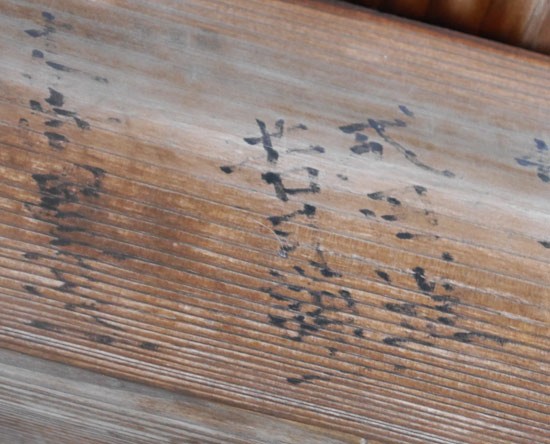
If castles aren’t your thing, there are also a number of places where you can design and paint your own Akabeko lucky cow.



